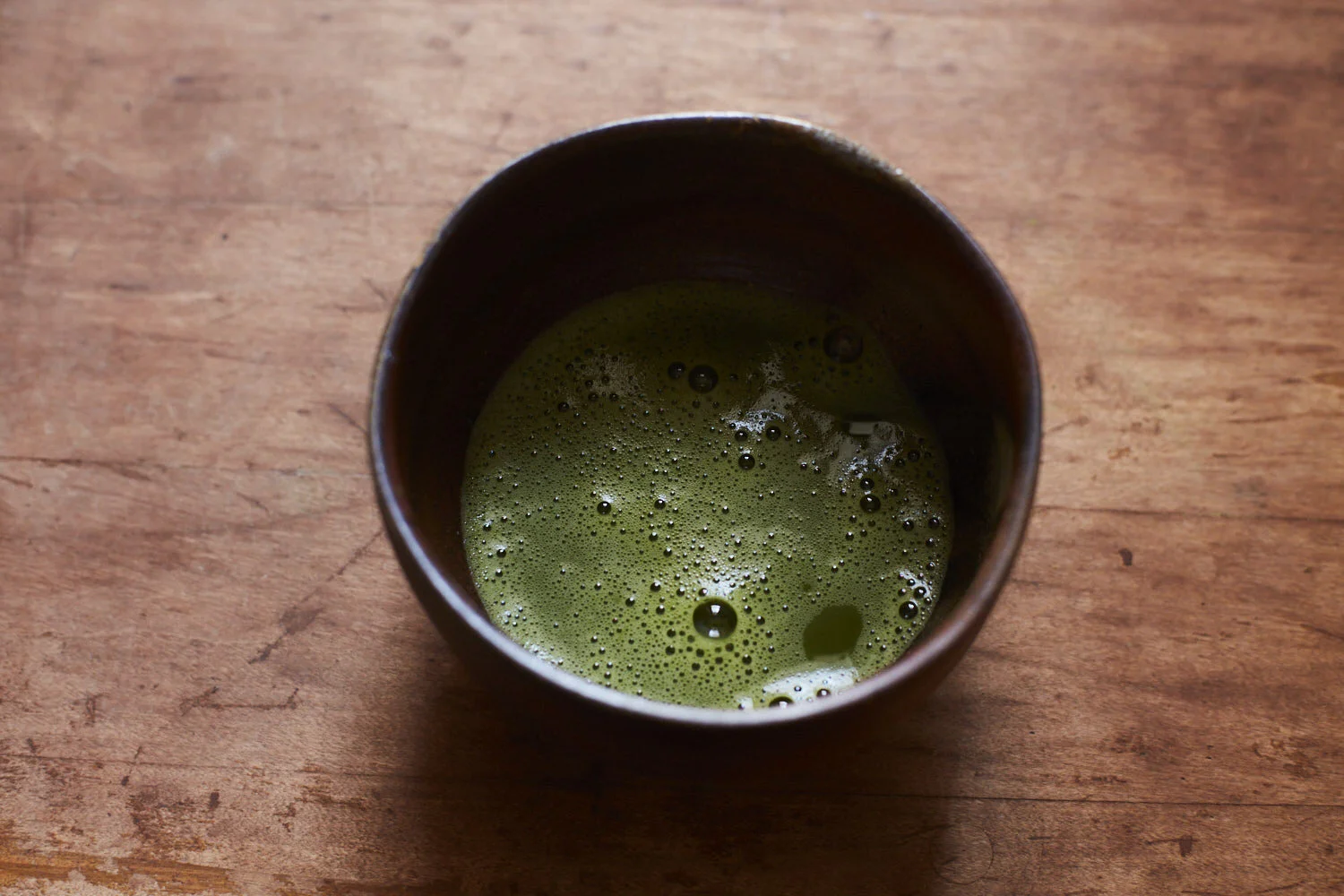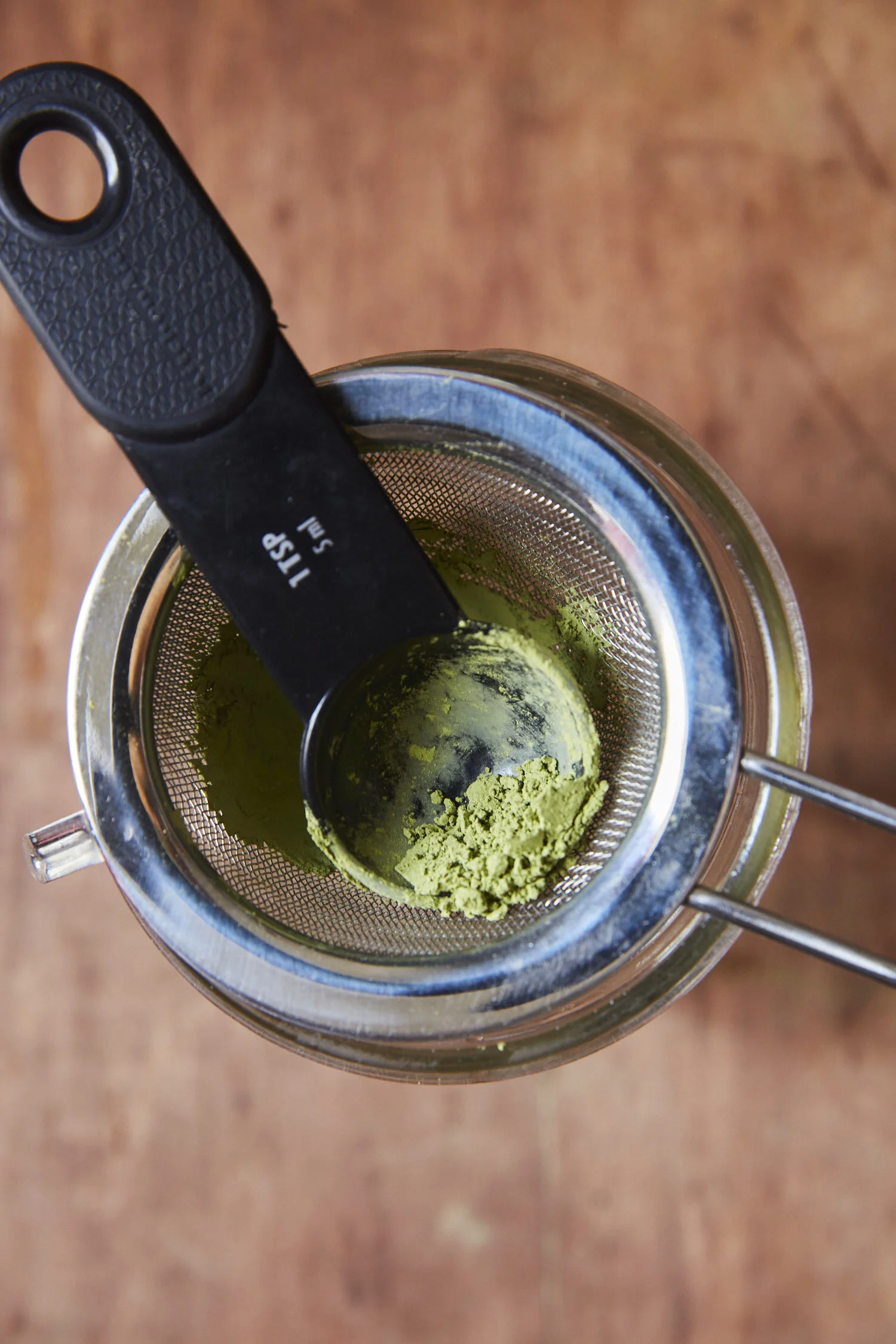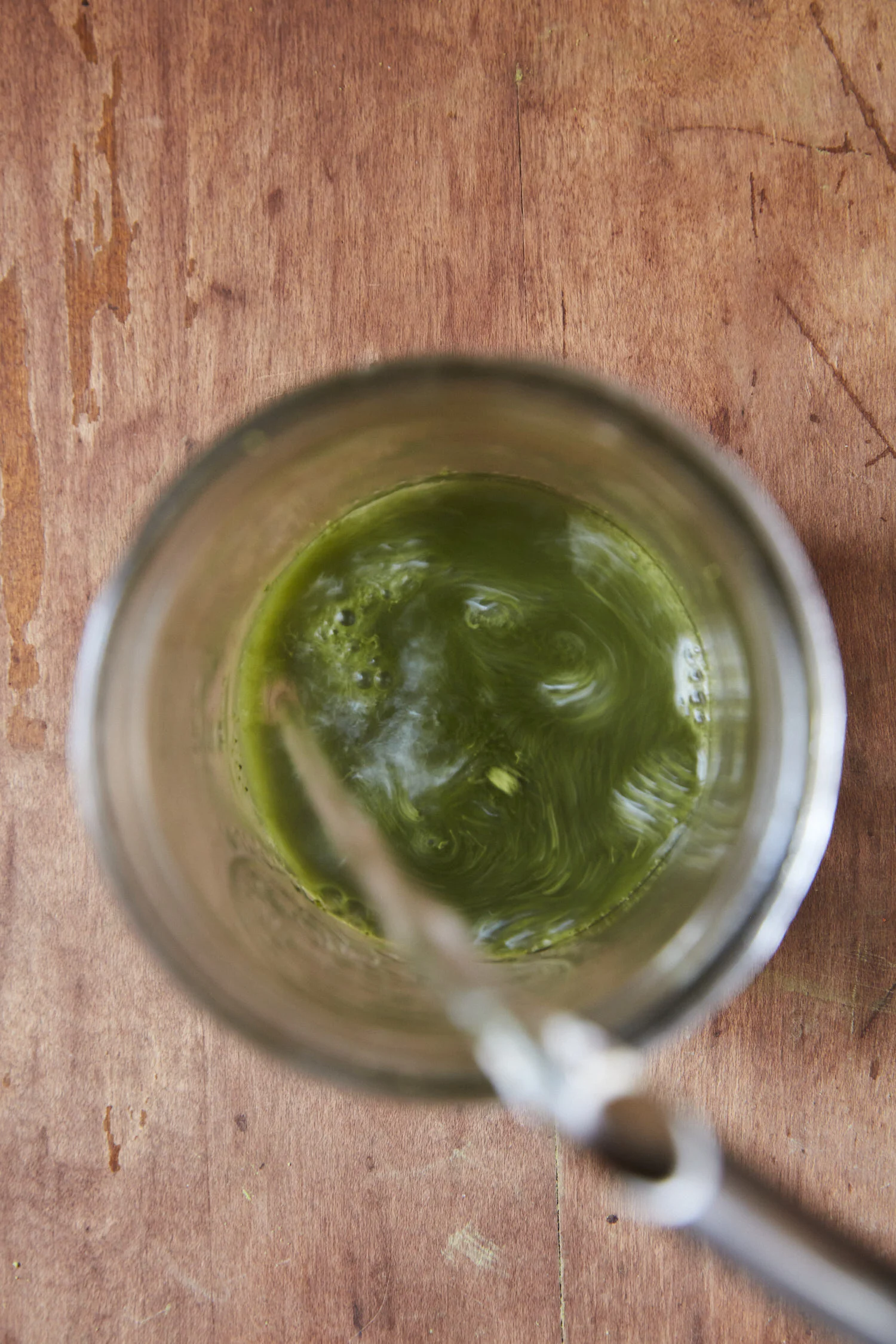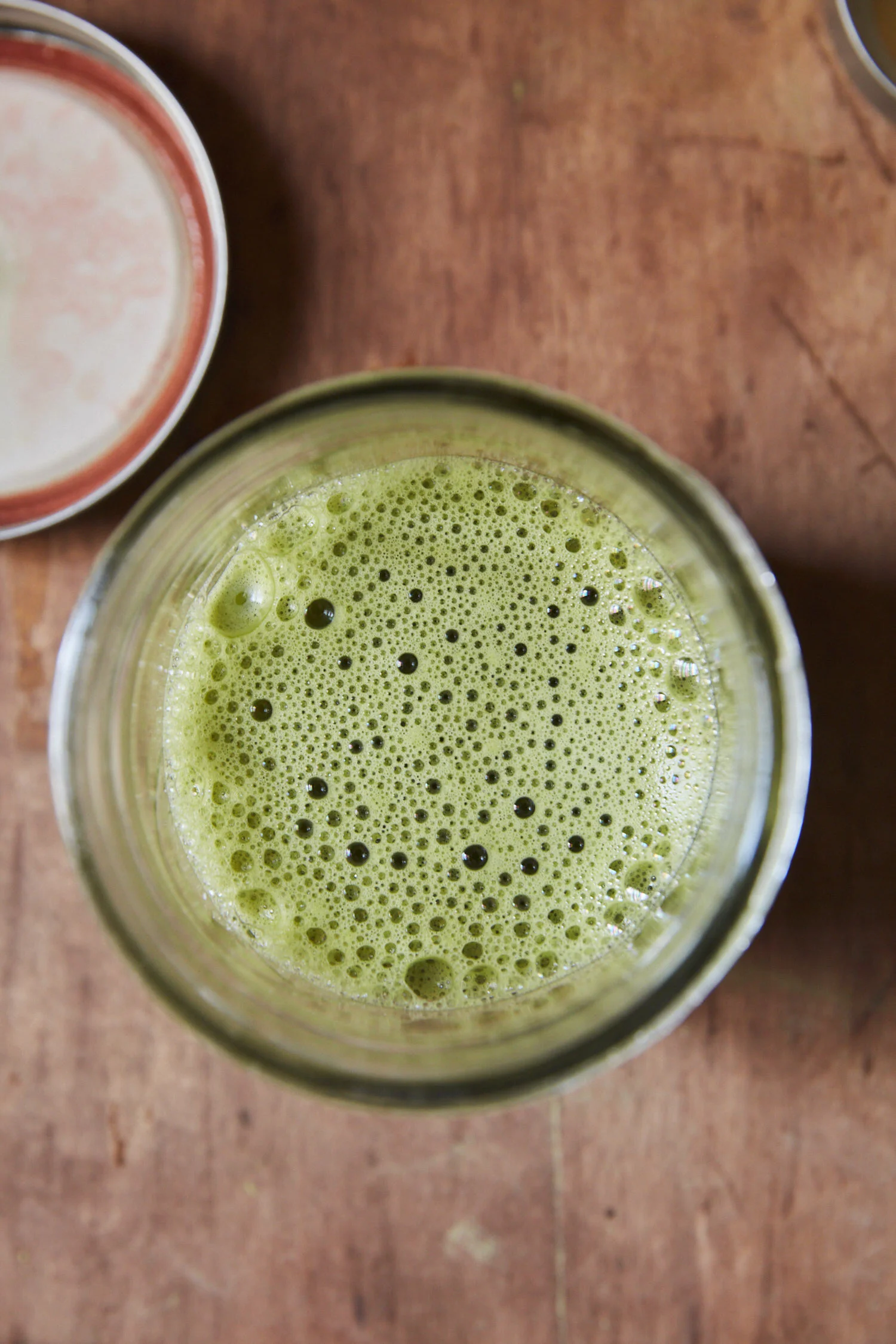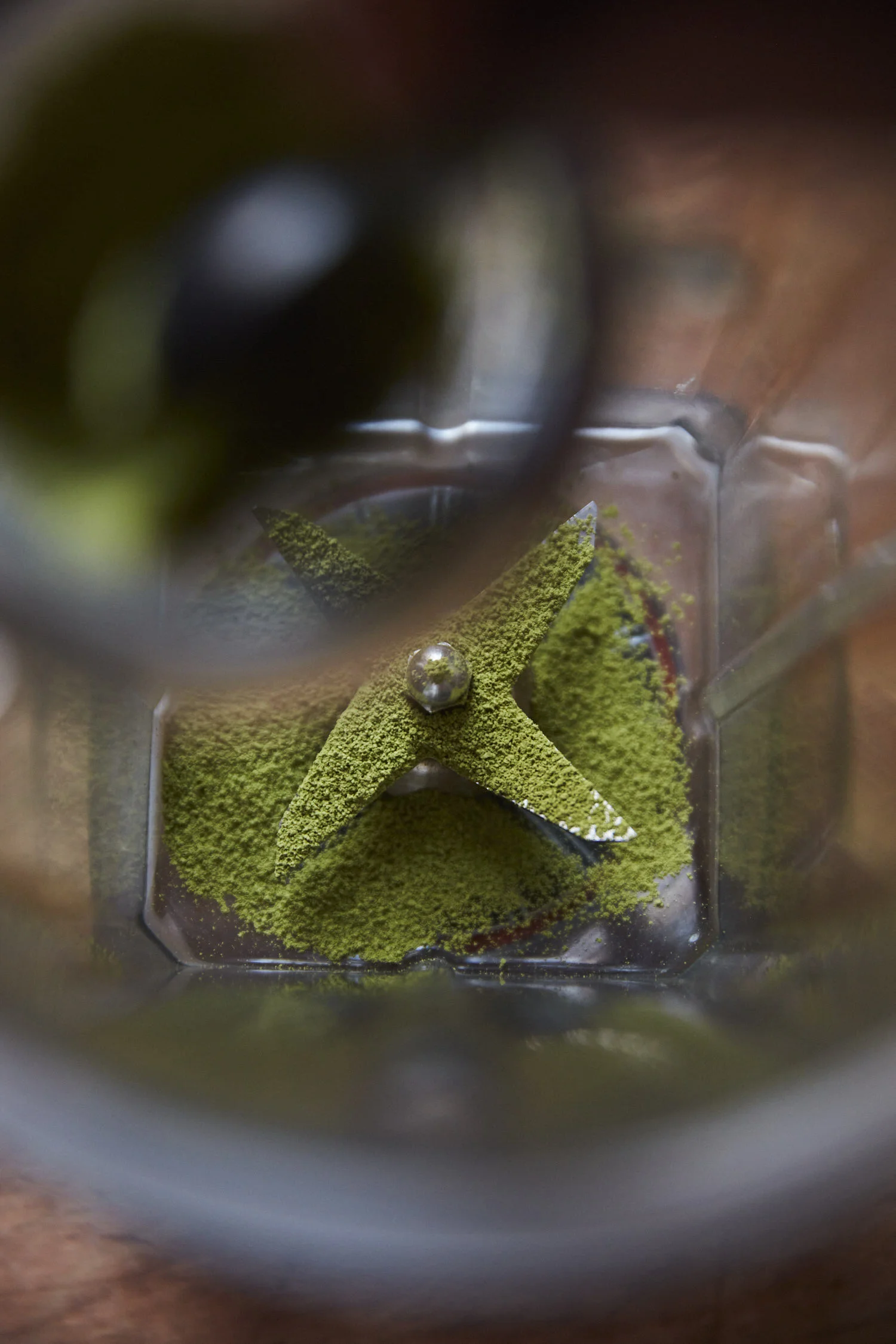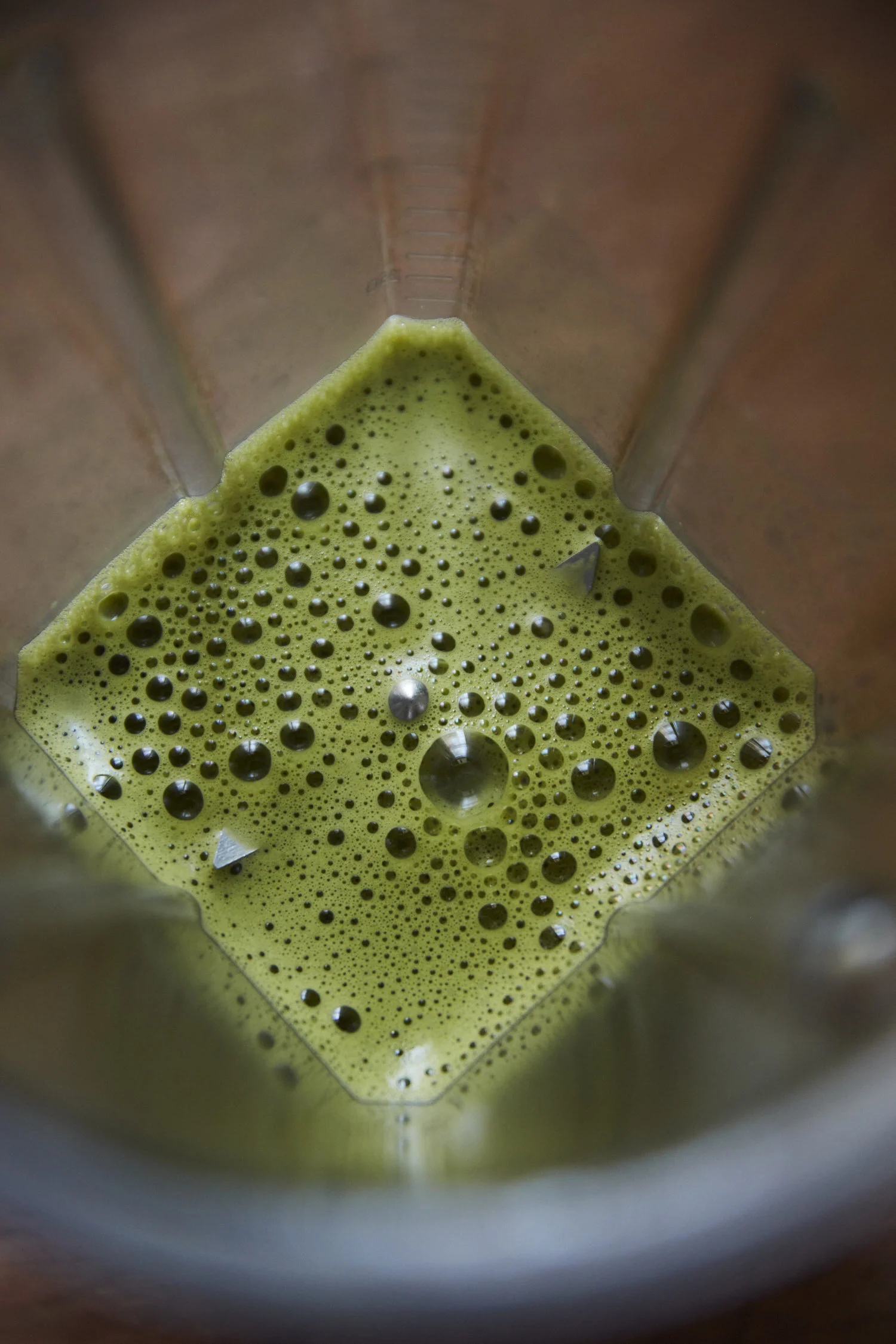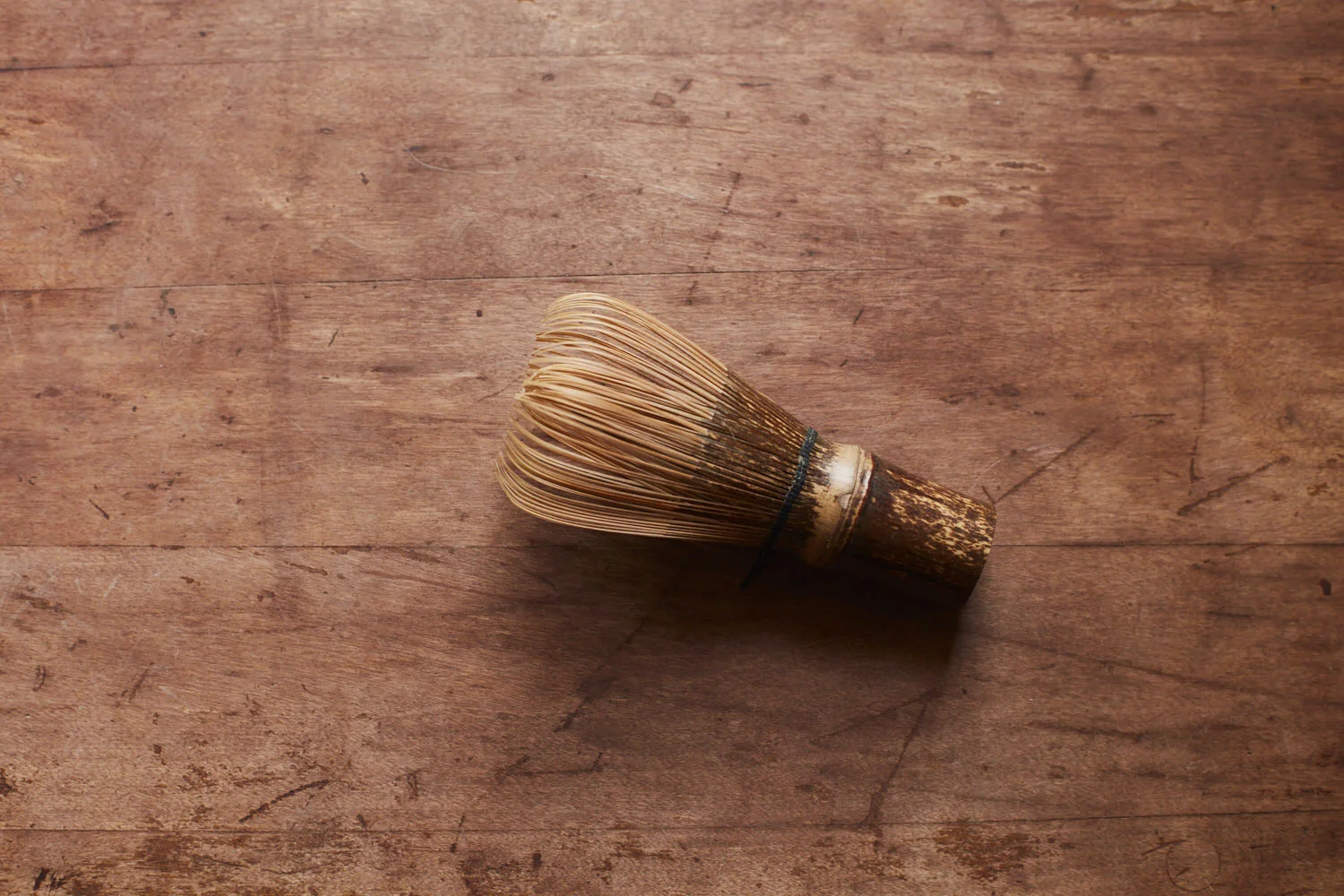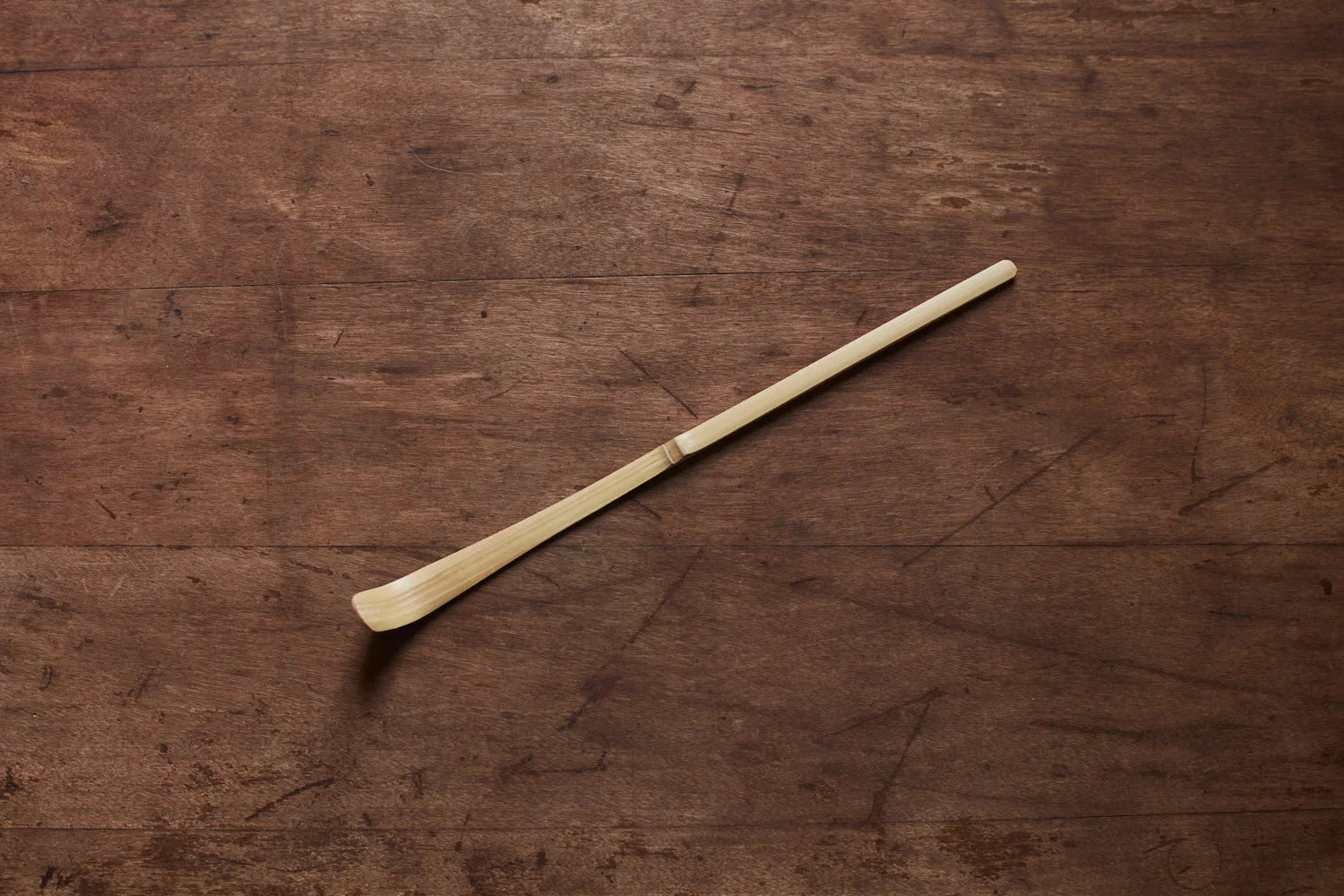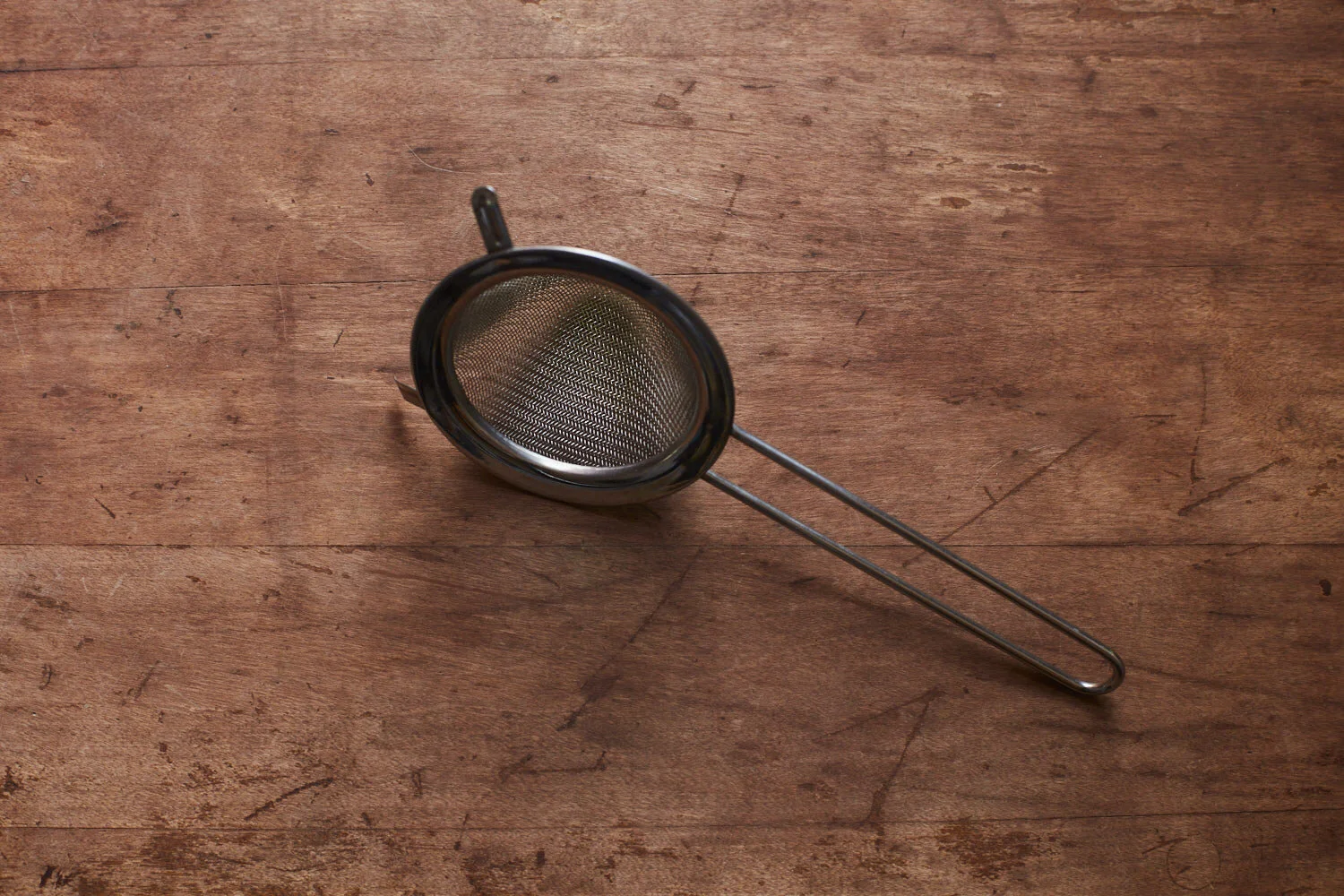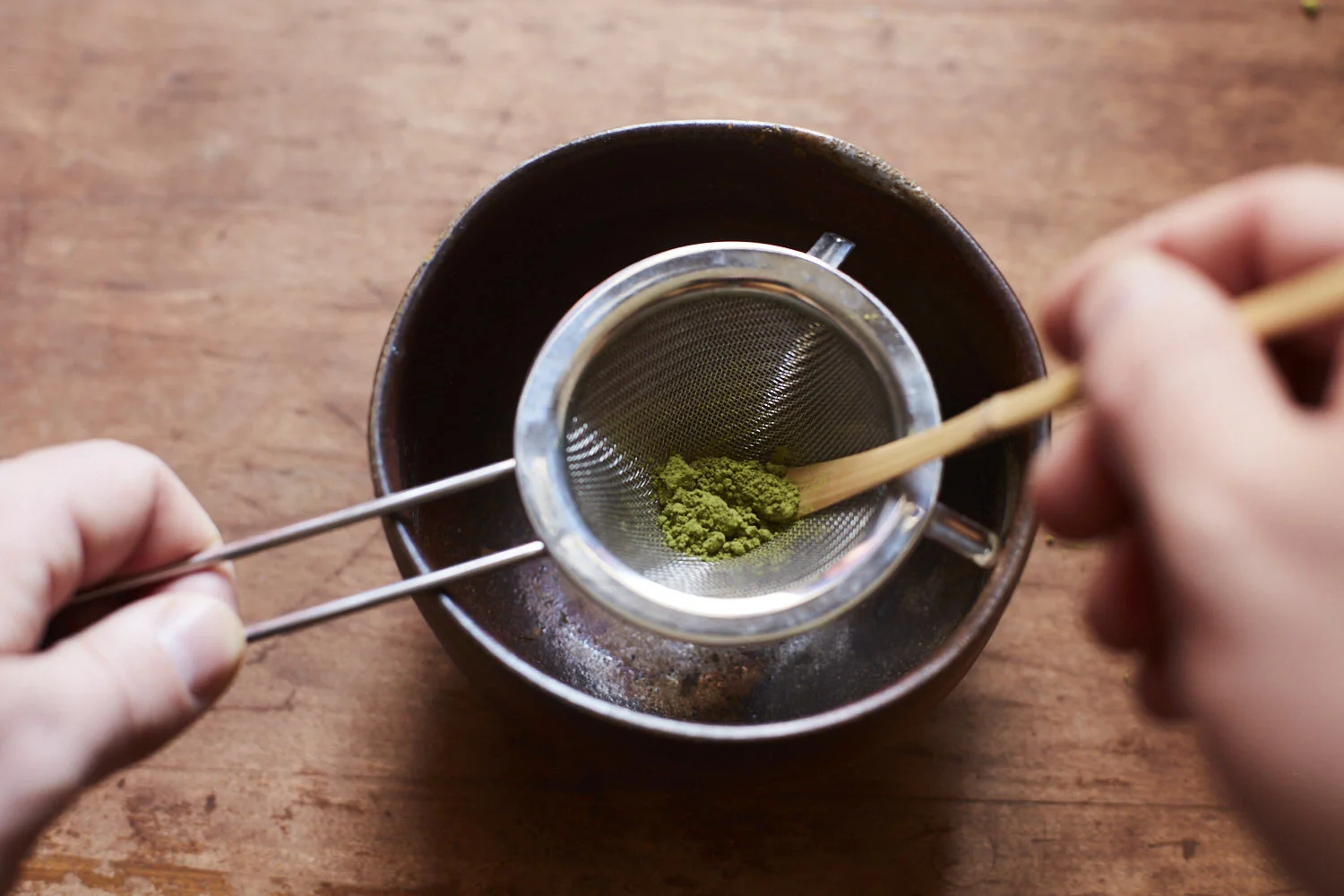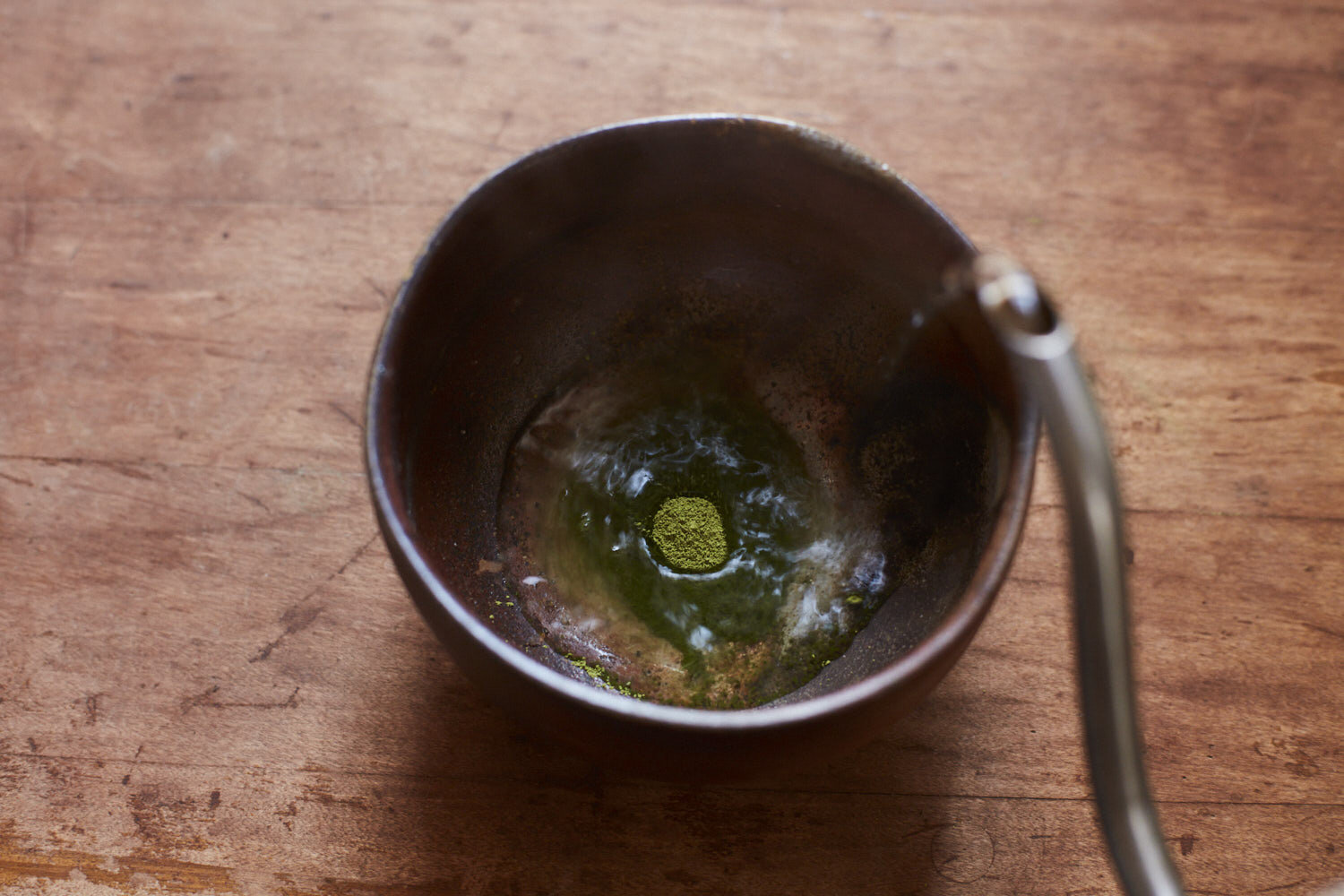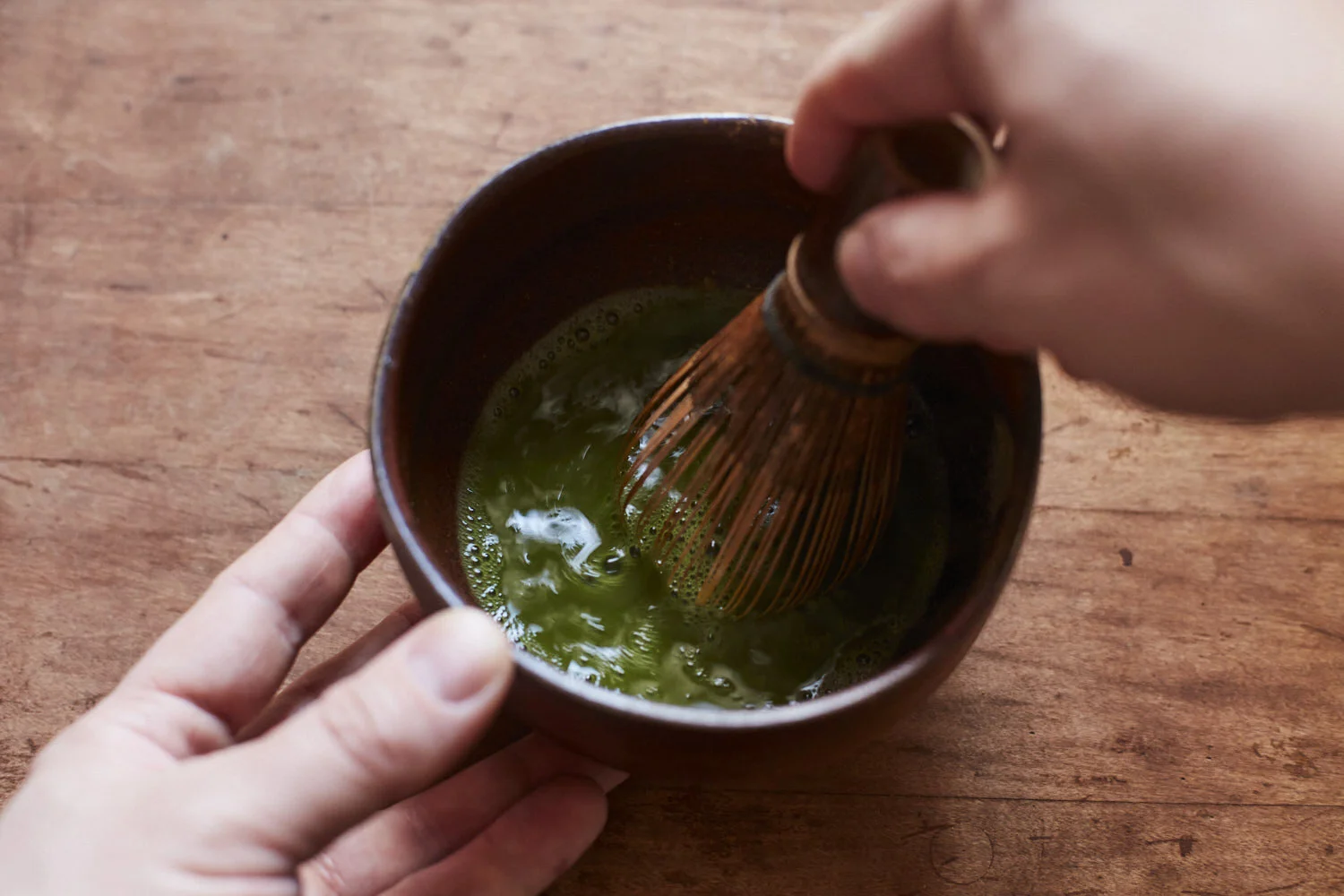3 Ways to Prepare Matcha (Easy to Traditional)
Matcha tea is incredibly versatile (and delicious!)
But it's sometimes a little intimidating to new tea drinkers...
Because matcha is a whisked tea, there are a few tools involved that might seem a bit scary.
But they're not!
In fact, you don't even need those tools to make a perfectly drinkable bowl of matcha at home.
I wrote this article to show you 3 ways to prepare matcha – from the easiest to the traditional.
So What is Matcha?
Matcha – plain and simple – is a powdered Japanese green tea.
What makes it different from other green teas is the fact that it's shaded before being picked.
And that the tea leaves are stone ground and whisked into warm water.
Do You Brew Matcha?
Not technically –
Matcha is a powdered green tea that is whisked into water.
Meaning the tiny little pieces of the actual tea leaf are suspended in the water of your tea bowl.
So it's a different taste and experience than a brewed tea (say a loose-leaf or tea bag).
And because of that, it's prepared a little differently...
3 Easy Way to Prepare Matcha
Matcha can be made a few ways – some methods are easier than others.
But some methods make more sense with higher quality matcha.
But let's start with the easiest and (in my option) most versatile way to make matcha...
Whisking, Shaking, Blending
This is my favorite way to make matcha in a hurry...
Or when I don't want to sit down for a more ritualized, traditional bowl of matcha.
Essentially, all you need is a kitchen whisk, mason jar, or blender.
1 – Electric Kitchen Whisk Matcha
Boil water and cool until it’s hot but not scalding.
Sift a generous teaspoon (about 2 grams) of matcha into your bowl.
Pour about 8 oz of cooled water (again…. About 175F/80C) into your bowl (do not use boiling water!)
Whisk with kitchen whisk or electric matcha whisk.
2 – Make Matcha with a Mason Jar
1. Boil water and cool
2. Sift a generous teaspoon (about 2 grams) of matcha into a Mason jar.
3. Pour about 8 oz of cooled water (175F/80C) into your jar (do not use boiling water!)
4. Place top on mason jar
5. Shake (be very careful, the heat could cause some pressure!)
3 - Using a Blender to Make Matcha
Probably the fastest way, but it will require a blender...
And this isn't a great idea for high-quality tea.
But it's a great way to whip up a matcha latte, matcha slushy, or quick matcha fix.
Steps:
1. Boil water and cool
2. Sift a generous teaspoon (about 2 grams) of matcha into a blender
3. Pour about 8 oz of cooled water (175F/80C) into a blender (do not use boiling water!)
4. Blend until mixed should only be a few seconds or pulses.
Traditional Matcha Making Tools
If you have higher quality matcha, it’s probably a good idea to invest in proper, or more traditional, methods.
And by that, I mean making it with the proper tools and teaware that have evolved alongside matcha consumption and Japanese tea culture.
Why is this the best way to enjoy matcha?
Well, in theory, it's the way (good) high-grade matcha green tea is designed to be made.
Meaning it'll likely taste a lot better.
On top of that, the experience is quite enjoyable.
The process of making a bowl of matcha is a lot easier than it looks.
And it's a meditative and fun part of the matcha tea drinking experience.
While it's much easier than it might look, it does require a few tea-making tools you may not have...
I would suggest investing in them If you love matcha as much as we do!
Let's go over what you'll need –
Tools You’ll Need
You’ll likely be able to get a ladle-shaped spoon without the need to grab some of these tools, but they're well worth the investment.
Good matcha deserves to be made well.
1 - Chawan (Tea Bowl)
You can use almost any bowl to make matcha in.
But the traditional vessel used is a chawan (which means tea bowl).
Within the different schools of Japanese tea ceremony, the tea bowls become an important part of the experience.
They vary in shape, size, color, and style.
Some are used in different seasons.
And some are used for different styles of matcha (such as thick tea and thin tea.)
Some Chawan can even alter the flavor of Matcha - such as Bizenware.
We have a selection of Bizeware ceramics from Imbe, Japan (the only source of these bowls in the world) in our shop, by the way.
2 - Chasen (Tea Whisk)
This is arguably the most important tool for matcha making –
The bamboo whisk.
It's a delicate tool made by hand.
Each little strand that makes up the whisk is a piece of finely cut bamboo.
(They're often split into eighty parts!)
What's amazing is that the whisk is entirely made from one single piece of dried bamboo.
Why is it the most important tool?
Well...
It's key to making great, well-whisked, foamy matcha.
It allows the tea to be aerated slightly during the whisking.
And mixed the tiny particles of tea into the water where they're suspended and then drunk!
3 - Chashaku (Tea Scoop)
A chashaku is a small ladle-shaped bamboo tea scoop used to measure out matcha.
It's not needed, but it makes measuring much easier.
(No worries – if you don't have one, you can use a teaspoon)
4 - Chakoshi (Matcha Sifter)
While matcha is finely ground, it tends to clump from static electricity.
So it's best to sift your matcha through a chakoshi (tea sifter) before adding water, or your tea is likely to have bitter and gritty clumps of matcha powder in it.
Using one of these little sifters can help with that.
It’s not required, but it will just make your life easier later.
How to Prepare Traditional Matcha
Now that you know all the tools needed to make traditional matcha tea, let's go over how to make a bowl of tea.
It’s straightforward enough as you’ll see.
But the devil is in the details…
When you’re first starting it can be difficult to get a luxurious foam when you’re making it by hand.
Don’t let that discourage you.
Making traditional matcha is a skill that is easy to learn and tough to master, but it’ll come in time.
Preparation Steps
1. Boil water and cool
2. Sift a generous teaspoon (about 2 grams) of tea into your matcha bowl
3. Slowly add about 60 grams of cooled water (175F/80C) into your bowl (do not use boiling water!)
4. Move chasen (bamboo whisk) back and forth or in a "W" shape to blend tea into the water until small bubbles/foam appears on the surface (usually about 20 seconds or so).
Try not to have the bristles scrape against the bottom of the bowl.
Keep it near the top for a better foam.
After 20 seconds or so of rapid, but controlled, whisking it’ll be ready to drink.
Further Drinking
Now that you know all the best ways to make matcha… from the easiest to the traditional –
I’d love to have you join me at our tea table.
It's a great place to connect with fellow tea lovers and to learn more about the world of tea.
We're looking forward to sharing a bowl of tea with you.
MORE ON MATCHA

